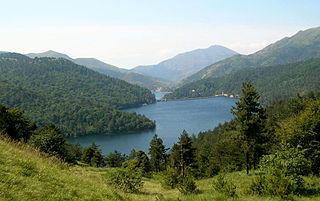
Laghi del Gorzente is a group of three lakes in north-west Italy which straddles the provinces of Genoa and Alessandria.

Laghi di Lavagnina are two artificial lakes in the municipalities of Casaleggio Boiro, Mornese and Bosio in the Province of Alessandria, Piedmont, Italy.
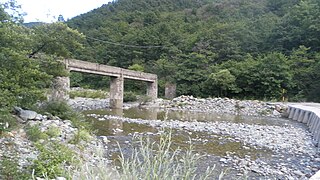
The Gorzente is an Apennine torrent of the Po basin in north-west Italy. A tributary of the Piota, it flows through the territory of the communes of Campomorone, Bosio, Mornese, Casaleggio Boiro, Lerma and Tagliolo Monferrato.

The Piota is an Apennine torrent in the Province of Alessandria, north-west Italy.

Bric delle Camere is a mountain in northern Italy, part of the Ligurian Apennines. It is located in the provinces of Genoa and Alessandria. It lies at an altitude of 1016 metres.
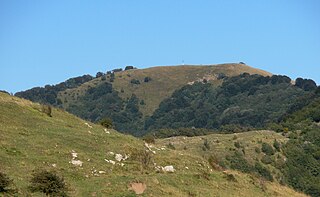
Monte Buio is a mountain in Liguria, northern Italy, part of the Ligurian Apennines. It is located between the provinces of Genoa and Alessandria. It lies at an altitude of 1400 metres.
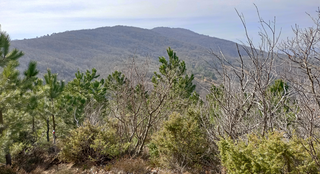
Monte Colma is a mountain in Liguria, northern Italy, part of the Ligurian Apennines. It is located in the provinces of Genoa and Alessandria. It lies at an altitude of 856 metres.

Monte delle Figne is a mountain in Liguria, northern Italy, part of the Ligurian Apennines. It lies at an altitude of 1172 metres.
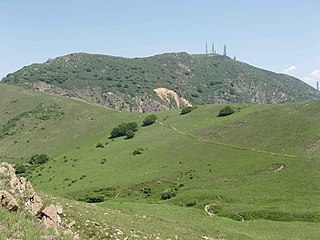
Monte Leco is a mountain in Liguria, northern Italy, part of the Ligurian Apennines. It is located in the provinces of Genoa and Alessandria. It lies at an altitude of 1072 metres.

Monte Pracaban is a mountain in the Valle Stura, Liguria, northern Italy, part of the Ligurian Apennines.

Monte Reixa is a mountain in Liguria, northern Italy, part of the Ligurian Apennines.

Monte Taccone is a mountain located between Liguria and Piedmont in north-western Italy. It is part of the Ligurian Apennines.

The Alta Via dei Monti Liguri is a long-distance waymarked hiking trail in the Italian region of Liguria. In about 440 kilometres (270 mi) and 44 day hikes, it runs through the arc formed by Ligurian Alps and Ligurian Apennines from Ventimiglia to Ceparana.

The Alpe Veglia and Alpe Devero Natural Park was established in 1995 and is in the Ossola valley, in Piedmont, in the Province of Verbania, Italy. It is part of the Occidental Alps.

The Regional Natural Park of the Ligurian Alps is a natural park in Province of Imperia. It was established in 2007 by the legge regionale nr.34 of 15/11/2007.
The Beigua Natural Regional Park is a natural park located in province of Savona and the Metropolitan City of Genoa, both in Liguria (Italy). It's the largest protected area of the region. It gets the name from the highest mountain of the area, Monte Beigua.
The Antola Natural Regional Park is a natural park in Metropolitan City of Genoa. It gets the name from the highest mountain of the area, Monte Antola.
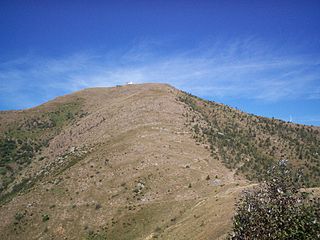
Monte Tobbio is a 1092 metres high mountain of the Apennines, located in the Italian region of Piedmont.

The Stura di Ovada is a 32.9-kilometre (20.4 mi) stream of Liguria and Piedmont (Italy); it is the main tributary of the Orba.
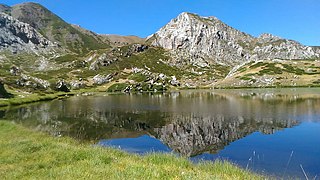
The Natural Park of Marguareis(in Italian Parco Naturale del Marguareis) is a regional natural park of the Ligurian Alps located in the Province of Cuneo.























